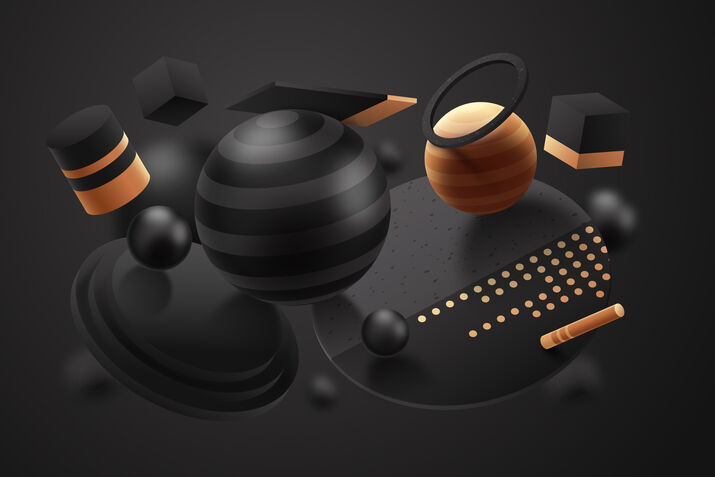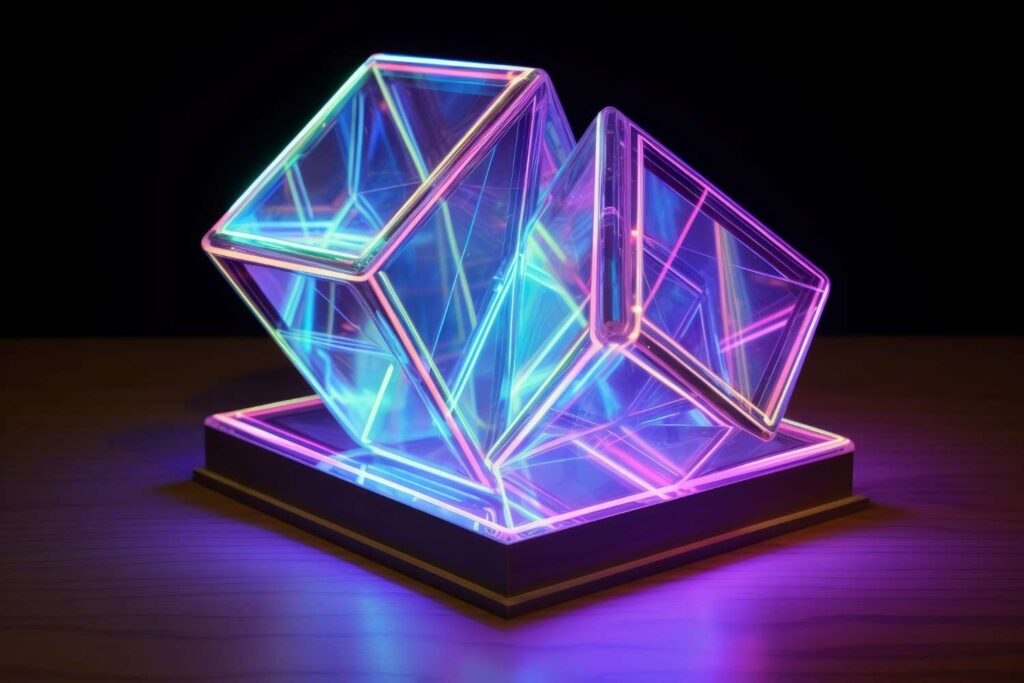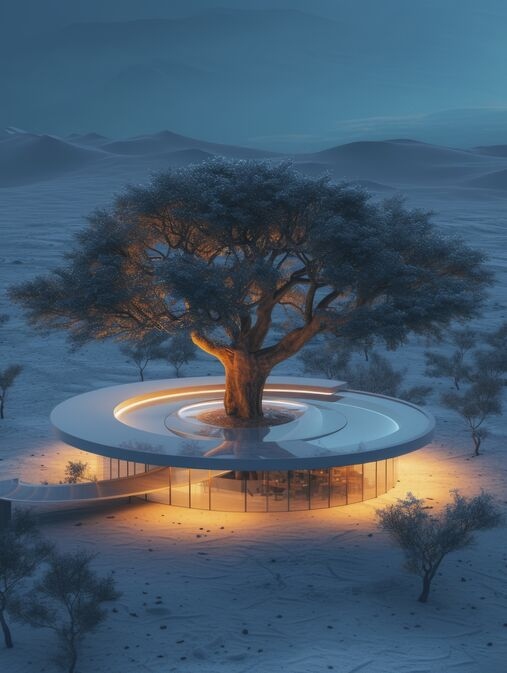OUTSOURCE CREATIVE SERVICES - OUTSOURCE CREATIVE WORKS-OUTSOURCING CREATIVE WORK - OUTSOURCE CREATIVE DESIGN -OUTSOURCE 2D ARTWORKS - 2D ART SERVICES - 2D ART OUTSOURCING -ART OUTSOURCING - OUTSOURCE ILLUSTRATION WORKS - OUTSOURCE ILLUSTRATION SERVICES - OUTSOURCE 3D MODELING - 3D MODEL OUTSOURCING- OUTSOURCING CAD WORKS- OUTSOURCE ARCHITECTURAL SERVICES -BIM - REVIT - 3D FLOOR PLAN - BIM OUTSOURCING SERVICES - MEP - REVIT MODELING - 3D FURNITURE MODELING - 3D ARCHITECTURE MODELING - AUGMENTED REALITY MODEL - VIRTUAL REALITY MODEL - 3D RENDERING - PRODUCT MODELING - 2D SERVICES - OUTSOURCE CREATIVE SERVICES -3D MODELING SERVICES - VFX
Difference between 3D Modeling and Rendering
In the dynamic and visually-driven landscape of modern design and media, 3D technology has become the cornerstone of innovation. From blockbuster films and immersive video games to architectural visualizations and product prototypes, the digital world is built on a foundation of three-dimensional assets. While most people are familiar with the breathtaking final images, few understand the two distinct and equally vital stages that make them possible: 3D modeling and 3D rendering.

At Outsource 3D Modeling, a leading 3D solutions provider based in Kerala,India we have been at the forefront of this industry since 2005. With a team of over 200 seasoned professionals and a track record of more than 500 projects, we know that understanding the nuances between these two processes is not just a technicality—it is the key to a successful project.
This comprehensive guide will demystify 3D modeling and rendering, detailing their unique roles, their distinct skill sets, and the symbiotic relationship that makes digital creation possible. Whether you are an aspiring artist, a business owner, or simply a curious mind, this blog will illuminate the journey from a blank digital canvas to a stunning, photorealistic image.
Part 1: What is 3D Modeling?

Think of 3D modeling as the process of digital sculpting. It is the fundamental first step in the 3D pipeline, where an artist creates the three-dimensional geometry of an object or a scene. The final output of this process is a 3D model—a collection of data points, vertices, edges, and faces that form a mesh in a virtual space. This mesh is essentially the digital skeleton of your final image; it defines the object's shape, form, and dimensions.
The Core Principles and Techniques
3D modelers are part artist, part technical architect. They must have a profound understanding of spatial relationships, geometry, and a keen eye for form and detail. The goal is to create a clean, efficient, and accurate mesh that is ready for the next stages of the process.
Key Techniques in 3D Modeling:
- Polygonal Modeling: This is the most common and versatile method. Artists manipulate a polygon mesh—a network of vertices, edges, and faces—to build an object. This is akin to building with digital building blocks, and it is the go-to method for everything from video game characters to industrial designs.
- Digital Sculpting: This technique mimics traditional sculpting with clay. Using software like ZBrush or Blender, artists can push, pull, smooth, and add intricate details to a digital surface. This is particularly effective for creating organic shapes like characters, creatures, and landscapes where intricate detail is paramount.
- Procedural Modeling: This advanced technique involves using algorithms and rules to generate 3D geometry automatically. It is a powerful method for creating large-scale, complex environments like terrains, cityscapes, or natural elements like trees and rocks, which would be too time-consuming to model manually.
The Role of a 3D Modeler
A 3D modeler is the master builder. Their skills are rooted in precision, geometry, and technical accuracy. They are responsible for:
- Creating the Structure: Building the foundational mesh of an object from scratch.
- Maintaining "Topology": Ensuring the polygon flow is clean, organized, and optimized for smooth animation and rendering.
- UV Mapping: Unfolding the 3D model into a flat, 2D surface so that textures can be accurately applied later, much like creating a pattern for a piece of clothing.
The work of a 3D modeler is focused on the object's physical form. It is the raw, unpolished, but perfectly structured foundation upon which all subsequent creative work is built. Without a high-quality 3D model, the final rendered image will fall flat, no matter how much effort is put into lighting and texturing.
Part 2: What is 3D Rendering?

If 3D modeling is the sculpting, then 3D rendering is the photography. It is the final, computationally intensive process of converting a 3D model into a flat, two-dimensional image or a series of images (an animation). This is where the magic happens, transforming a lifeless digital object into a photorealistic or stylized visual that tells a story.
The Science and Art of Visualization
Rendering is a complex process that simulates how light behaves in the real world. A "render engine" calculates how light rays bounce off surfaces, how shadows are cast, and how textures and materials respond to that light. The final output is an image that can be used for everything from marketing materials and product visualizations to film and television.
Key Elements of the 3D Rendering Process:
- Texturing and Materials: This is where the model gets its surface properties. A renderer applies textures—2D images that mimic wood grain, fabric patterns, or metallic surfaces—and defines how the material interacts with light (e.g., how shiny or rough it is). Physically Based Rendering (PBR) is a modern technique that ensures these materials behave realistically, making the final image look incredibly authentic.
- Lighting: The way a scene is lit is crucial for setting the mood, creating depth, and highlighting key details. A renderer can simulate natural sunlight, artificial lights, studio lighting, and more. This stage requires a deep understanding of color theory, light, and shadow to create a visually compelling composition.
- Camera and Composition: Just like in real-world photography, the position, angle, and settings of a virtual camera are essential. The renderer sets up the shot, adjusts the focus (depth of field), and adds effects like motion blur to make the final image look like it was captured by a real camera.
The Role of a 3D Renderer
A 3D renderer is part technician, part cinematographer. Their skills are focused on lighting, composition, and a mastery of rendering software and its complex algorithms. They are responsible for:
- Bringing the Scene to Life: Adding the visual effects that make a model look real, from reflections and refractions to subtle shadows and atmospheric effects.
- Optimizing the Process: Using their technical knowledge to manage and optimize render times, which can take anywhere from minutes to days for a single frame, depending on the complexity of the scene.
- Finalizing the Visual: Ensuring the final image meets the client's vision and is ready for use in presentations, marketing campaigns, or animations.
Part 3: The Symbiotic Relationship: A Deep Dive into the Differences
While both processes are integral to 3D creation, they are fundamentally different in purpose, workflow, and the skills they require.
| Aspect | 3D Modeling | 3D Rendering |
| Primary Goal | To create the digital geometry or structure of an object. | To convert that 3D model into a 2D image or animation with photorealism. |
| The Output | A 3D model file (.obj, .fbx, .max, etc.). | A 2D image file (.jpg, .png, .tiff) or a video file (.mp4, .mov). |
| Key Skill Set | Spatial awareness, geometry, topology, and technical precision. | Lighting, color theory, composition, and knowledge of render engines. |
| Software Focus | Autodesk Maya, Blender, 3ds Max, ZBrush. | V-Ray, Arnold, Corona, Blender Cycles. |
| Position in Workflow | The foundational first step. | The final, culminating step. |
| Nature of the Work | A creative and technical building process. | A technical and artistic visualization process. |
A Real-World Analogy: Building a Car
To truly grasp the difference, consider the process of creating a new car.
- 3D Modeling is the Engineering: A 3D modeler creates the intricate digital blueprint and solid-body model of the car. They design every component—the chassis, the body panels, the engine block, and the wheels—ensuring each piece fits together perfectly. The result is a highly detailed, functional 3D model of the car.
- 3D Rendering is the Photo Shoot: A 3D renderer takes that completed digital car model and places it in a virtual environment. They choose the perfect location (e.g., a city street at sunset, a sleek studio showroom). They set up the lighting, apply realistic paint finishes and glossy chrome materials, and then use a virtual camera to take a series of stunning, magazine-quality photos from every angle. The final output is the photorealistic image you see in a car advertisement, not the digital car itself.
Part 4: The Strategic Advantage of Outsourcing
Understanding this clear division of labor is why so many brands and businesses are now choosing to outsource their 3D creative work. The specialized nature of both modeling and rendering means that a single in-house artist rarely has mastery of both disciplines.
By partnering with a dedicated outsourcing provider like Outsource 3D Modeling, you get access to a large, specialized team where experts in each field can focus on what they do best. This offers profound benefits:
- Access to Specialized Expertise: You don’t have to search for a unicorn who is both a world-class modeler and a top-tier renderer. Our team includes dedicated professionals for each stage of the process, ensuring the highest quality at every step.
- Cost and Time Efficiency: Outsourcing allows you to leverage a global talent pool at a fraction of the cost of hiring in-house. Our "follow-the-sun" model, with a presence in India, allows for round-the-clock work on your projects, leading to faster turnaround times and a significant reduction in project timelines.
- Seamless Scalability: Whether you need to model a single product or render a full-scale architectural animation, we have the resources to scale our team up or down to meet your needs without the burden of long-term hiring.
At Outsource 3D Modeling, we offer end-to-end solutions, including 3D product modeling, architectural visualizations, and photorealistic rendering services. Our deep experience and advanced tools, including Autodesk Maya, 3ds Max, Blender, and V-Ray, ensure that your vision is not only realized but brought to life with unparalleled detail and realism.
Conclusion:
In the world of 3D, modeling and rendering are not rivals; they are two sides of the same coin. 3D modeling lays the groundwork, providing the shape and structure, while 3D rendering breathes life into that structure, giving it light, texture, and a soul. Together, they form a powerful alliance that has reshaped industries and unlocked new frontiers of visual storytelling.
This is where a dedicated partner like Outsource3DModeling.com provides immense value. We bring together a team of specialists—from master modelers who build precise digital assets to talented renderers who light and photograph them to perfection. Our integrated approach ensures that every project, from a single photorealistic product shot to a full-scale architectural animation, benefits from excellence at every stage. We handle the technical complexities, allowing you to focus on your creative vision and business goals.
If you are looking to bring a digital concept to life, understanding this fundamental difference is the first step. The second is to partner with a team that has the knowledge, experience, and passion to make it a stunning reality.
Ready to bring your ideas to life in three dimensions? Visit www.outsource3dmodeling.com today to learn more and get started on your next project.
Fore more details contact us : https://www.outsource3dmodeling.com/

No comments:
Post a Comment